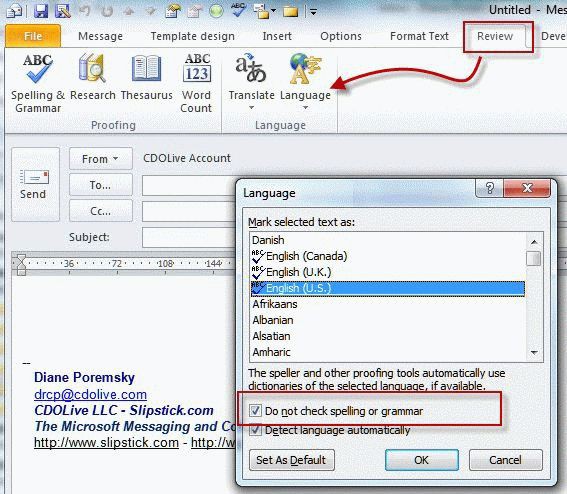
- HOW TO INSERT EMAIL SEPARATOR LINE IN OUTLOOK 2010 HOW TO
- HOW TO INSERT EMAIL SEPARATOR LINE IN OUTLOOK 2010 INSTALL
- HOW TO INSERT EMAIL SEPARATOR LINE IN OUTLOOK 2010 DOWNLOAD
Tab View-> button Current View-> View Settings… Now that the custom form configuration file has been installed, you can finally add the address column to your view The form properties of the viewsenderaddress.cfg file.
HOW TO INSERT EMAIL SEPARATOR LINE IN OUTLOOK 2010 INSTALL
Step 3: Install the cfg-file into OutlookĪfter placing the cfg-file in its correct location, you still need to install it into Outlook. The files from the zip-file that need to be added to that folder are However, it is recommended to store it in your user’s Forms directory which by default is located here Ĭ:\Users\%username%\AppData\Local\Microsoft\FORMS In theory, you can install the custom form from any directory. Step 2: Copy the custom form configuration file to the correct directory
HOW TO INSERT EMAIL SEPARATOR LINE IN OUTLOOK 2010 HOW TO
If you do not yet know how to apply this configuration file, continue to follow the instructions below.
HOW TO INSERT EMAIL SEPARATOR LINE IN OUTLOOK 2010 DOWNLOAD
In this guide, I’ll spare you the need to create a custom form configuration file yourself and you can download mine right here Step 1: Download the custom form configuration file


While there is no built-in support for this in Outlook, you can display the sender’s e-mail address as a column in the message list by using a custom form configuration file. A request heard often is to also be able to set Outlook to show the e-mail address of the sender instead of just the name. In the Message List, Outlook only shows the Display Name of the person who has sent you the email.


 0 kommentar(er)
0 kommentar(er)
